Light is bad for cheese, this is a fact. Read on to learn about the science of light oxidation of cheese and find out why it can be so damaging.
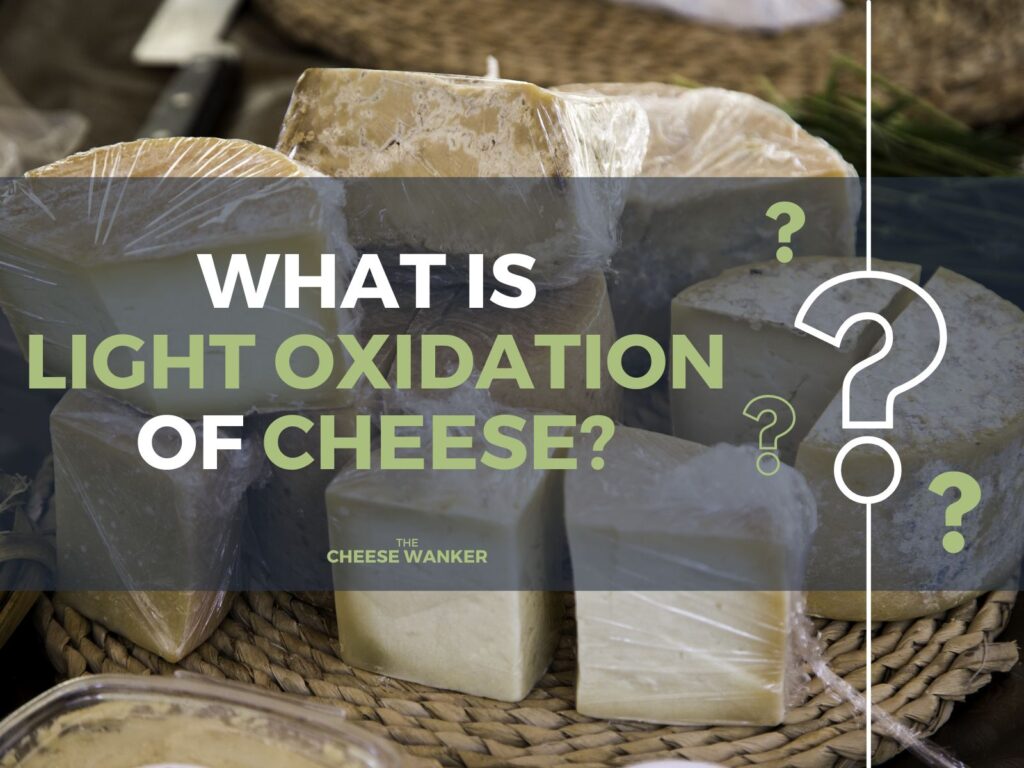
SEE ALSO: Jonah’s 10 Commandments for the righteous turophile →
Discoloured patterns on cheese
You’ve seen this pattern of cheese before right? Light is bad for cheese for so many reasons. But, what actually is light oxidation of cheese?
Let’s dive straight into the nerdy science stuff. First and foremost, oxidation of cheese is the process by which oxygen from air attacks fat molecules, proteins and vitamins. Effectively, this sets in motion a chain reaction which can do a fair bit of damage.
This process is also known as lipid oxidation or photo oxidation.
What is light oxidation?
Light oxidation is a very specific type of oxidation that is facilitated by exposure to light (natural and artificial).
In simple terms, leaving a piece of cheese in direct sunlight or unshielded from bright LED lights inside a cheese cabinet is going to do some bad things to the cheese. Let’s have a look at some of those defects.
The result of light oxidation


The most visible effect of light on cheese is discolouration. This happens because a compound called beta-carotene is broken down during oxidation.
Beta-carotene is present in high levels in cow’s milk and is responsible for the yellow colour we associate with most cheeses.
The loss of beta-carotene means that the exposed part of the cheese will lose its yellow colour and look much whiter. Have a play with the slider above to see what difference light can make.
The impact of light oxidation on taste
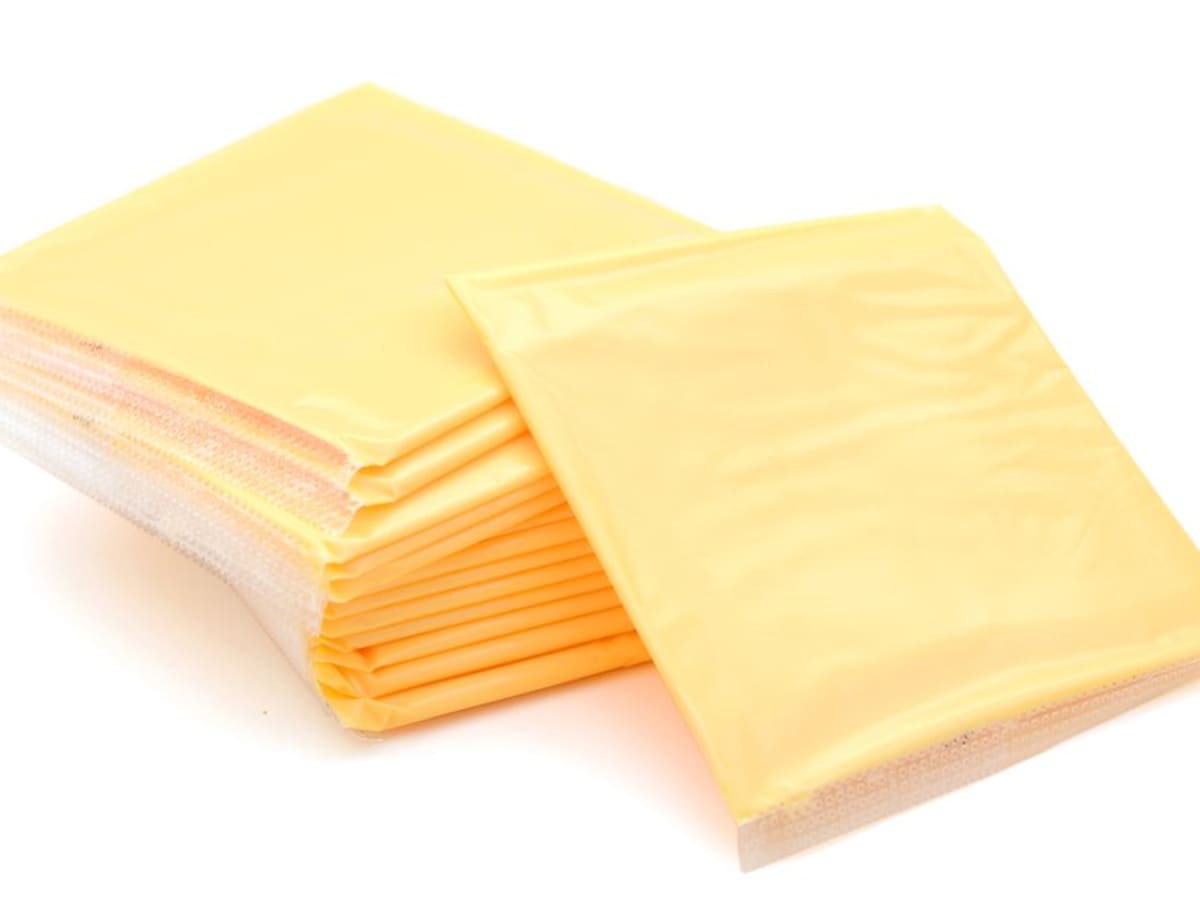
Next: flavour. Oxidation produces a large number of smaller molecules which can lead to off-flavours that we often describe as “plasticky” or “cardboardy”.
Remember those Kraft Singles that you ate when you were younger? Their “plastic” flavour actually owes more to light oxidation than the actual sheets of plastic they are wrapped in. And this is from the light inside your fridge!
And the smell
Last but not least, the smell! Most cheeses contain an amino acid called Methionine. And what do you get when you oxidise methionine?
A compound called dimethyl disulphide which most of you will know as the smell of boiled cabbage or potatoes. Not really a desirable trait in cheese, is it?
Protect your cheese from light
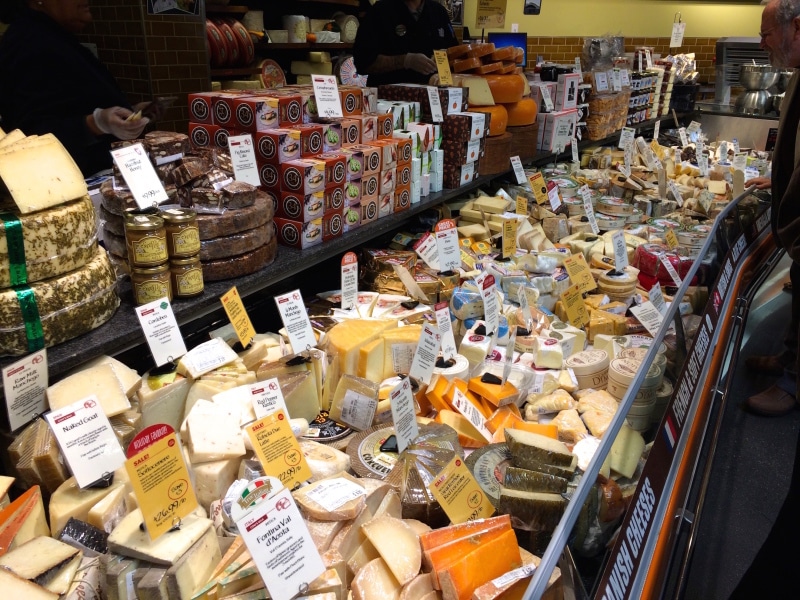
To sum up, protecting cheese from light is critical at every stage of the cheese’s life cycle, from production to consumer via the retailer.
I’ve seen so many large cheese displays in supermarkets and so-called specialty cheese shops that have portions of cheese wrapped in clear plastic and exposed to aggressive LED lighting.
Overall, this does a cruel injustice to cheese that has been loving made and matured by an artisan.
Pat Polowski: Gone too soon…
I want to wrap up with a big shout out to industry legend, Pat Polowski.
For those of you who are not familiar with Pat’s work, he was the founder of Cheese Science Toolkit. Through this amazing resource, he shared his incredible knowledge of cheese with all of us.
Pat, you were an inspiration for so much of what I do, including this article on the light oxidation of cheese. You will be sorely missed.
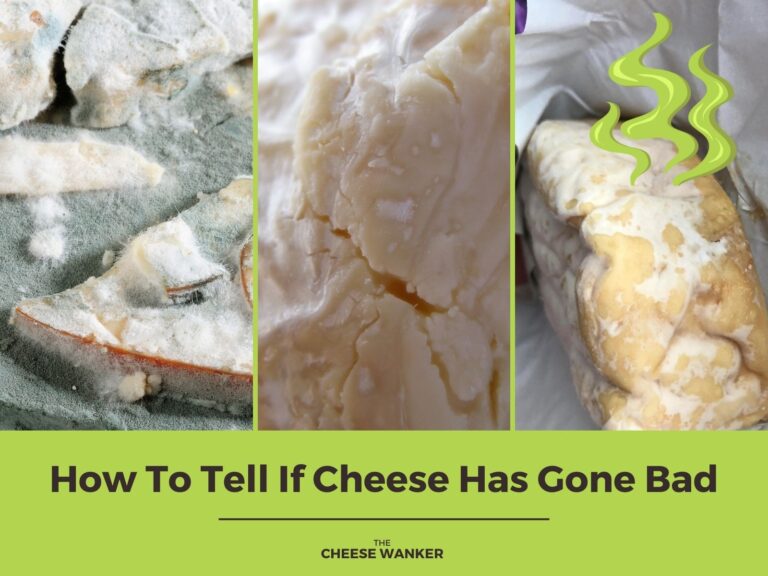

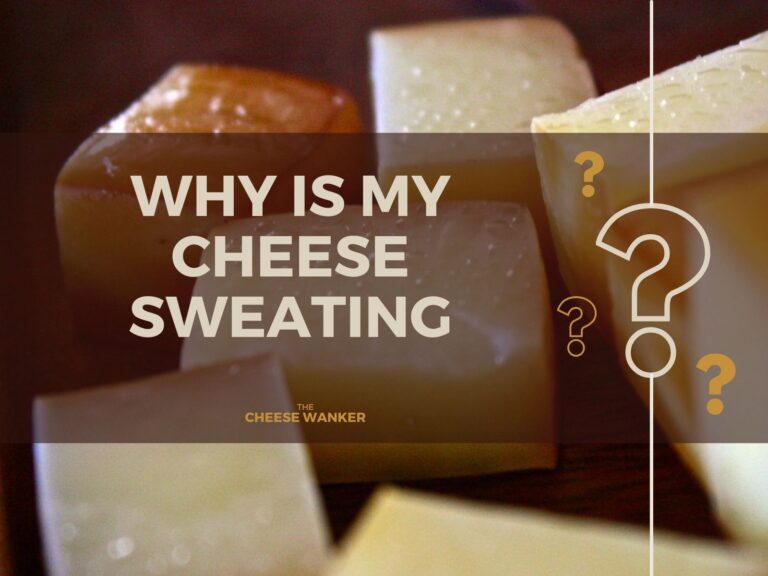

Thank you for this information and the clarity. An easy read for a complicated subject